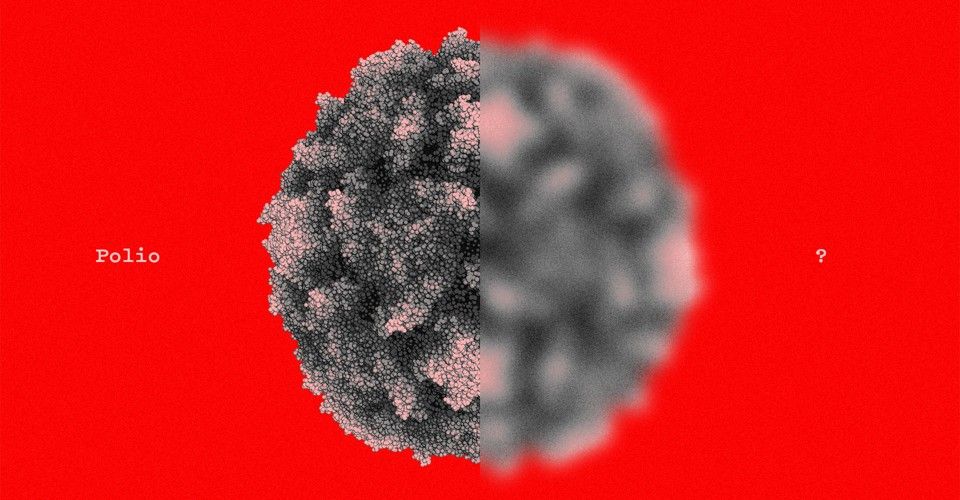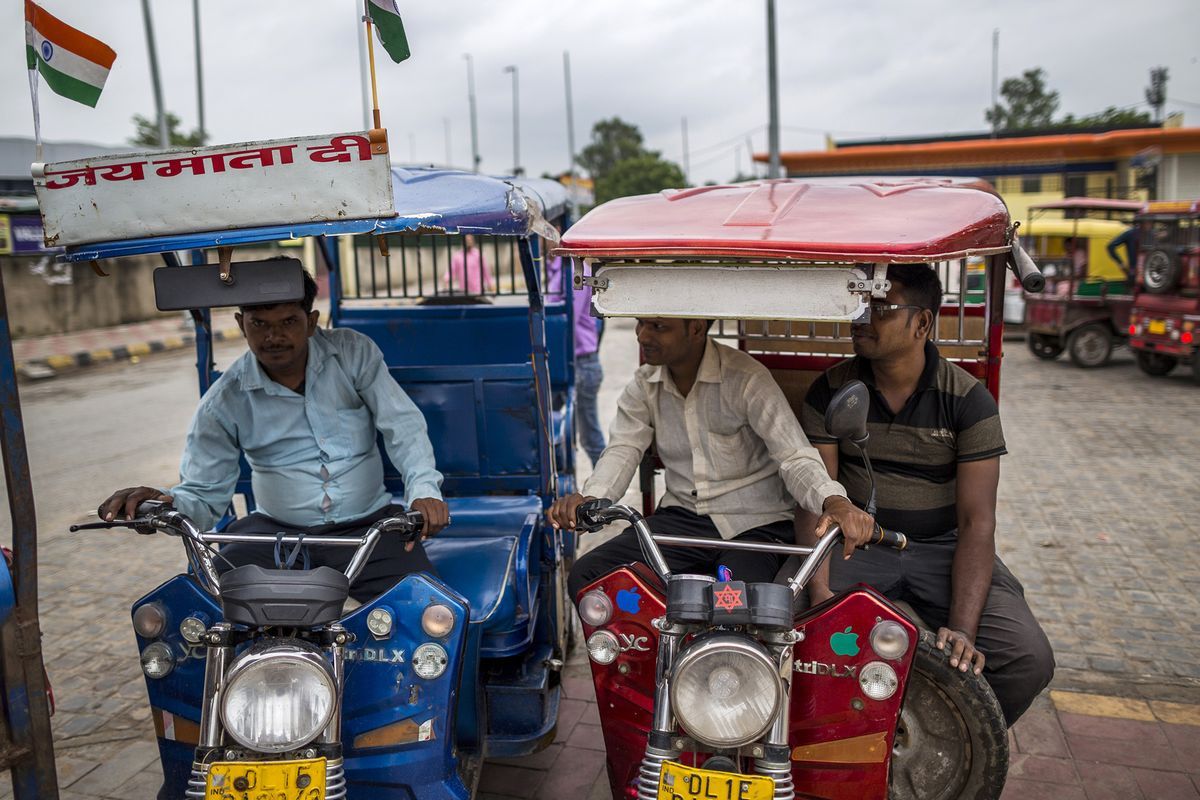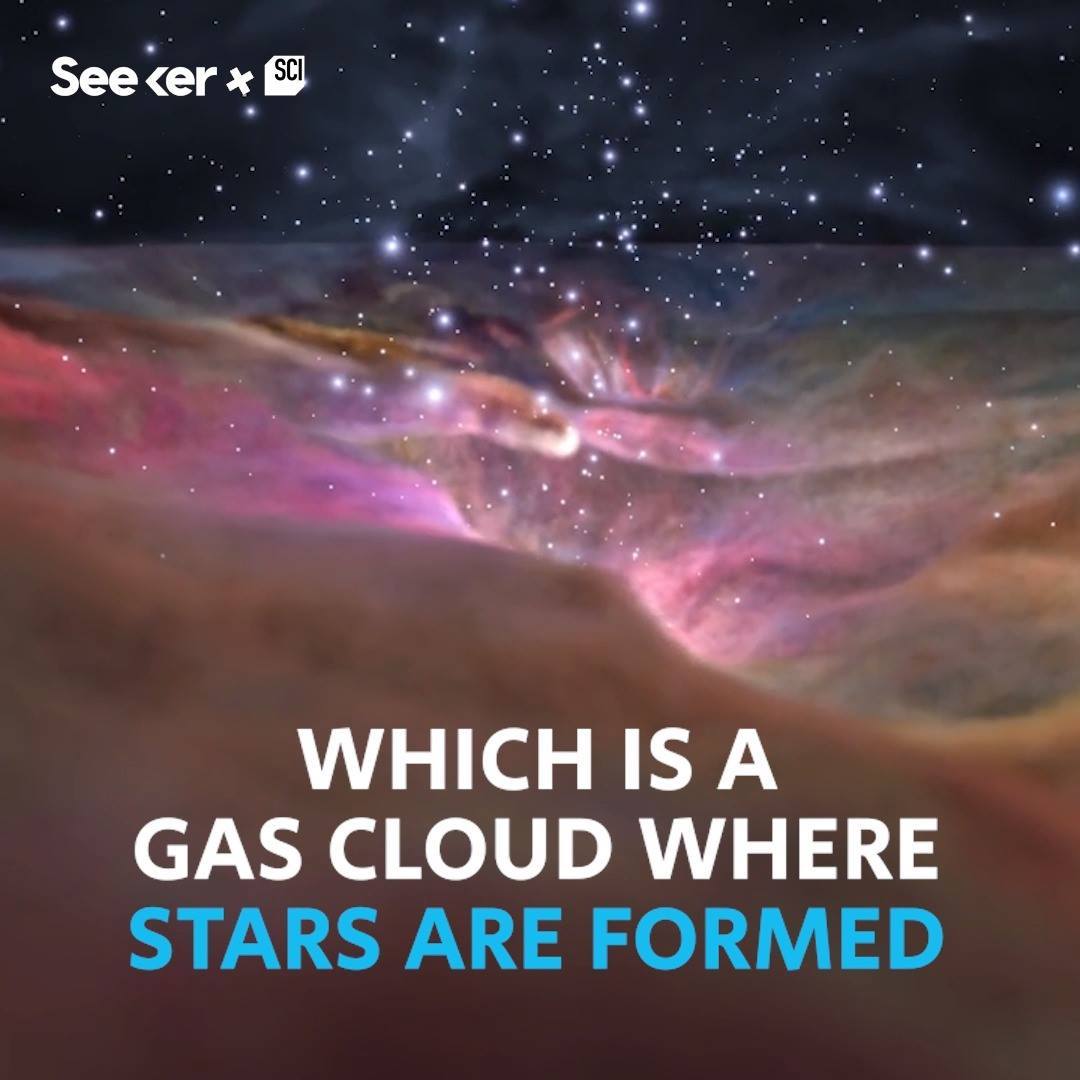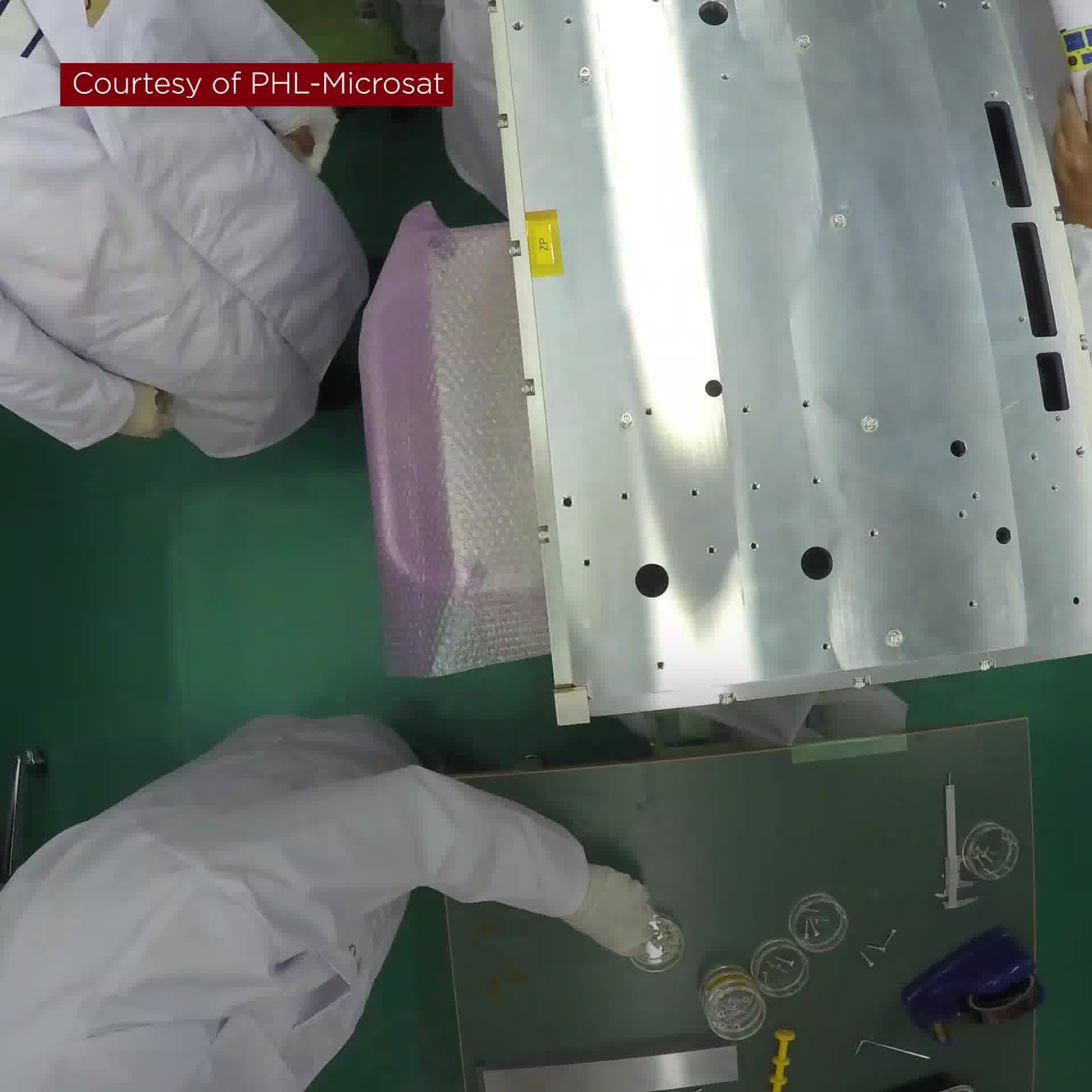Oct 26, 2018
The Main Suspect Behind an Ominous Spike in a Polio-Like Illness
Posted by Genevieve Klien in category: biotech/medical
A common virus seems to be behind a puzzling condition that’s paralyzing children, but uncertainties remain.
A s the summer of 2014 gave way to fall, Kevin Messacar, a pediatrician at Children’s Hospital Colorado, started seeing a wave of children with inexplicable paralysis. All of them shared the same story. One day, they had a cold. The next, they couldn’t move an arm or a leg. In some children, the paralysis was relatively mild, but others had to be supported with ventilators and feeding tubes after they stopped being able to breathe or swallow on their own.
The condition looked remarkably like polio—the viral disease that is on the verge of being eradicated worldwide. But none of the kids tested positive for poliovirus. Instead, their condition was given a new name: acute flaccid myelitis, or AFM. That year, 120 people, mostly young children, developed the condition across 34 states. The cases peaked in September and then rapidly tailed off.
Continue reading “The Main Suspect Behind an Ominous Spike in a Polio-Like Illness” »


















